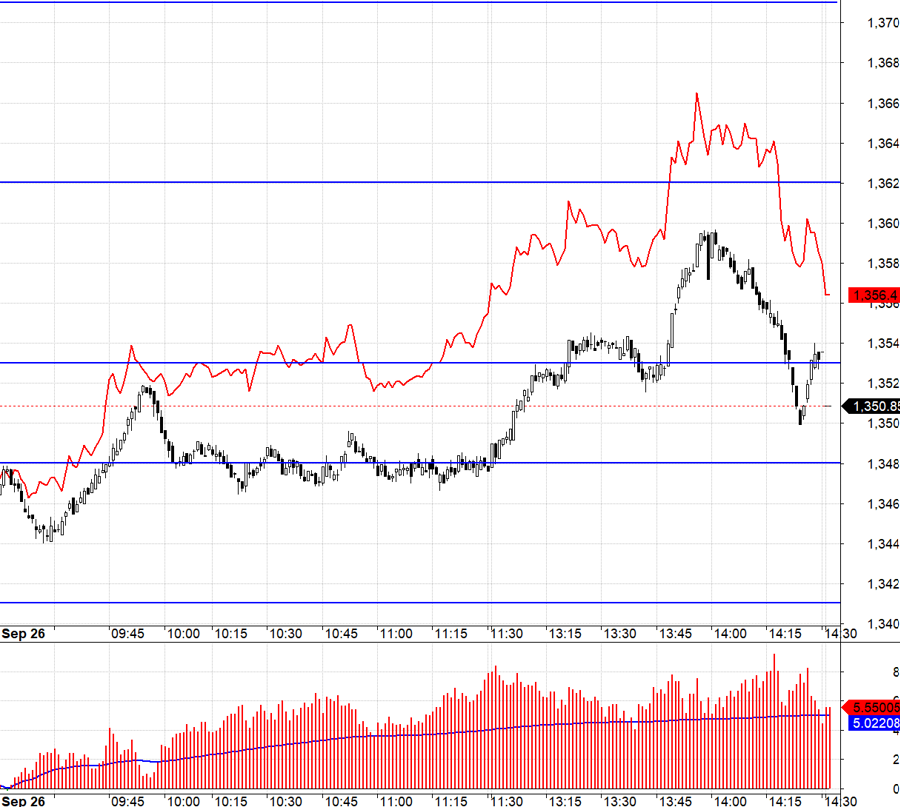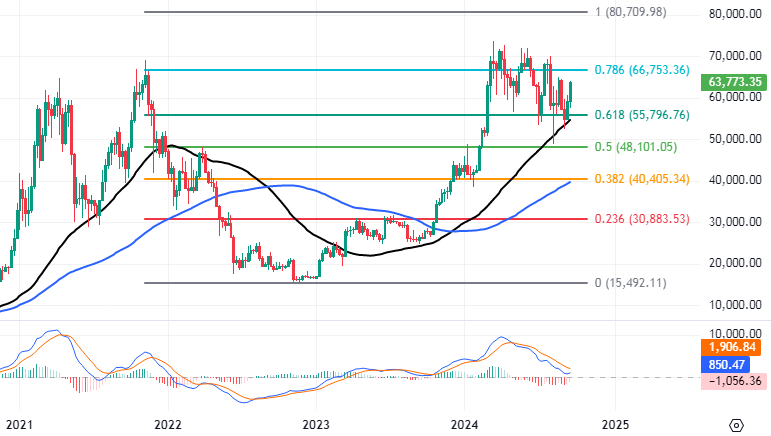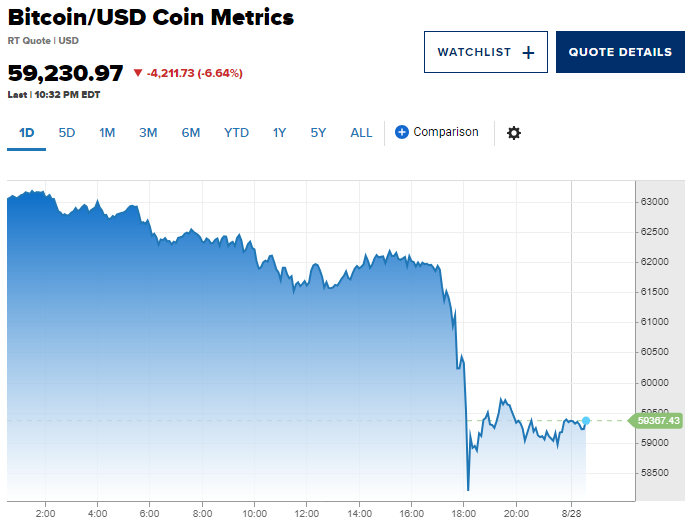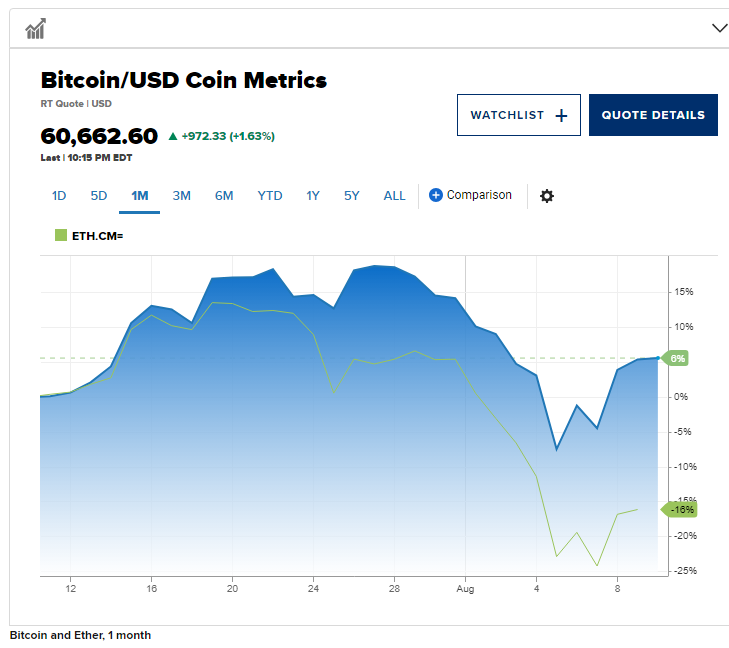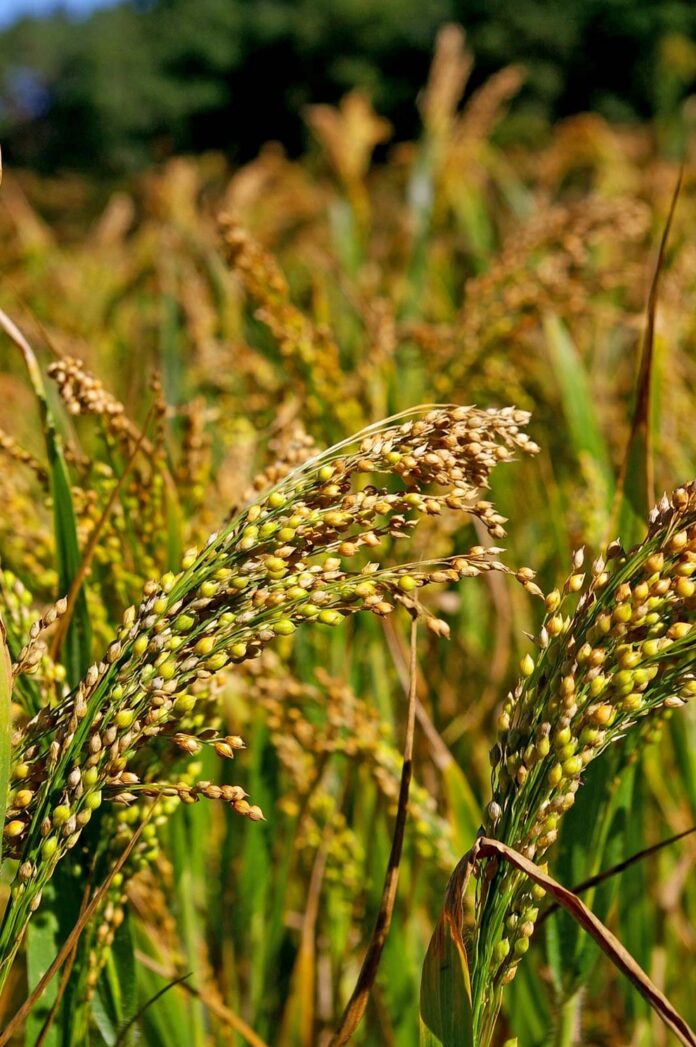On August 13, 2024, the World Economic Forum (WEF) cited information from the National Centers for Environmental Information’s (NCEI) latest Global Climate Report, stating that July 2024 was the hottest month ever recorded and the 14th consecutive month of record-breaking global temperatures since scientists began tracking temperatures in 1850.
The National Academy of Sciences (PNAS) in the United States predicts that over 3.5 billion people will need to adapt to higher temperatures than what is considered comfortable for humans.
With growing concerns about climate change, questions arise about whether humanity’s crops can withstand such significant climate/weather changes.
Despite having over 50,000 edible plant species, the Food and Agriculture Organization (FAO) of the United Nations estimates that just three crops – rice, maize, and wheat – provide 60% of edible calories. They are humanity’s primary cereals.
Meanwhile, a NASA-led study predicts that maize yields could decrease by 24% by 2030 due to rising temperatures.
On the one hand, climate change could reduce the productivity of our major food crops, and on the other hand, the world’s population is estimated to grow by another 2 billion people in the next 30 years.
This underscores the urgent need to diversify human food sources and identify crops that can adapt to harsh weather conditions caused by climate change while providing essential nutrients.
This is where millet – a grain projected to be worth $18.3 billion by 2030 in the global market – enters the narrative on food security.
“Superfood” with High Nutritional Value
Millet is renowned for its adaptability to harsh environmental conditions, making it an ideal candidate to diversify our future global food supply.
Millet is a group of small-seeded grasses in the Poaceae family that has been cultivated in Asia and Africa for over 4,000 years.
The US National Library of Medicine (NLM) refers to millet as a “superfood.” According to NLM, millet is a short-duration crop with extremely high nutritional value and a profoundly positive impact on human health, coupled with climate resilience, earning it a prominent position in the global cultivation chain.

Millet has excellent drought and heat tolerance. Image: Britannica
While millet was once predominantly grown by subsistence farmers, awareness of its health benefits has risen globally in recent years. The United Nations declared 2023 as the International Year of Millets to raise awareness of the health and environmental benefits of these crops.
According to scientists, millet is a “superfood” packed with nutrients. It is a source of carbohydrates (60-70%), fiber (10-12%), protein (6-9%), and minerals (2-45%). It also has higher calcium and polyphenol content than major cereals. Additionally, millet is gluten-free and has a low glycemic index.
Due to its high nutrient content, millet is believed to have numerous health benefits, such as being excellent for the nervous system, stabilizing blood sugar, improving digestive function, boosting the immune system, aiding in inflammation reduction, acting as a diuretic, and being highly blood-fortifying due to its significant iron content. It is suitable for people with type 2 diabetes.
According to the National Library of Medicine, millet is currently cultivated and consumed in over 50 countries worldwide. It is the world’s sixth most important cereal and is used by one-third of the global population as of 2023 [In 2023, the world population surpassed 8 billion, implying that about 2.6 billion people rely on millet as a daily food source]. Asia-Pacific dominates the global millet market, according to Alliedmarketresearch.
In Vietnam, millet is grown in regions with dry and hot climates, such as the Northwest and Central regions, where rainfall is scarce. Provinces known for millet cultivation include Lai Chau, Son La, Yen Bai, Ha Tinh, Nghe An, and Quang Tri.
According to the Observatory of Economic Complexity (OEC), the world’s leading international trade data visualization tool, in 2022, Vietnam became the 33rd largest exporter of millet in the world. The fastest-growing markets for Vietnam’s millet exports during 2021-2022 were Turkey ($240,000), Russia ($107,000), and the United States ($53,400). Total millet export revenue for 2021-2022 amounted to hundreds of millions of dollars.
India is the world’s largest producer of millet, with a 41% market share, followed by African countries such as Niger (11%) and Nigeria (7%).
Millet’s Ability to Adapt to Extreme Conditions
The primary cereals (rice, wheat, and maize) were domesticated thousands of years ago and have since undergone hundreds of breeding and adaptation cycles to grow in ideal agricultural systems, typically supplemented with nutrients and water. Consequently, they have lost their natural ability to endure environmental harshness.
Unlike the three dominant food crops, millet is adapted to harsh growing conditions. It is typically grown on marginal lands with little or no fertilizer, limited rainfall, no irrigation systems, and minimal pesticide use. As a result, millet yields are relatively lower, but their resilience is more enduring.
Millet possesses various adaptive mechanisms that enable it to survive harsh environmental conditions, such as extremely high temperatures, drought, and poor soil conditions. Millet has deep roots and a short life cycle, allowing it to grow and produce seeds when conditions are favorable.
Other adaptations found in millet include low height, thick cell walls, and small leaf area. Most millet varieties exhibit improved photosynthesis, better water use efficiency, and more efficient nitrogen utilization than major cereals.
Additionally, from the time of sowing, millet can be harvested within 12-14 weeks. In contrast, rice and wheat take 20-24 weeks.

Millet has better climate resilience than major cereals. Source: Nblxer/Envato Elements
Climate change will directly impact food security; there is no debating this fact. While increasing the productivity of major cereals is essential, it is equally important to recognize that these crops are ill-suited to grow in harsh and unpredictable weather conditions.
The increasing focus on food security, nutrition, and environmental sustainability is putting immense pressure on humanity to allocate and conserve resources rationally.
Therefore, we need to consider crop diversification and introduce species that can adapt to changing conditions while offering nutritional value equivalent to or better than the major cereals on which we are overly reliant.
References: Science, WEF, National Library of Medicine, OEC
Hydrogen-powered cars outshine electric vehicles, but the truth is disappointing: A major player hastily retreats, shutting down a series of refueling stations.
A series of hydrocharging stations in the capital city of California (USA) have recently been shut down.
















